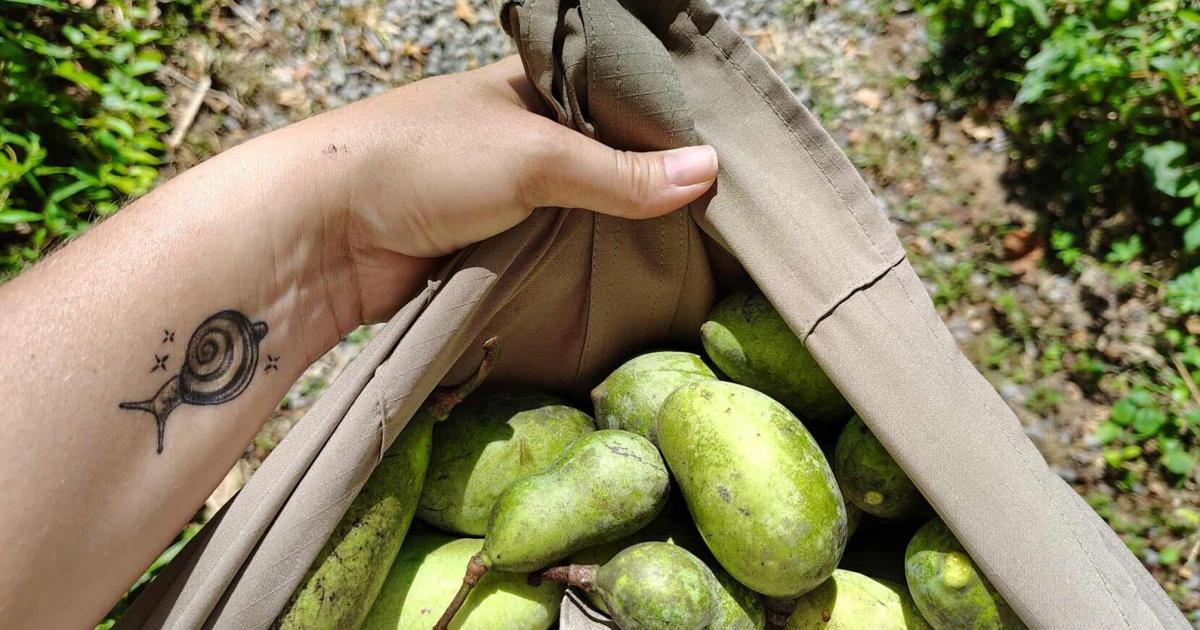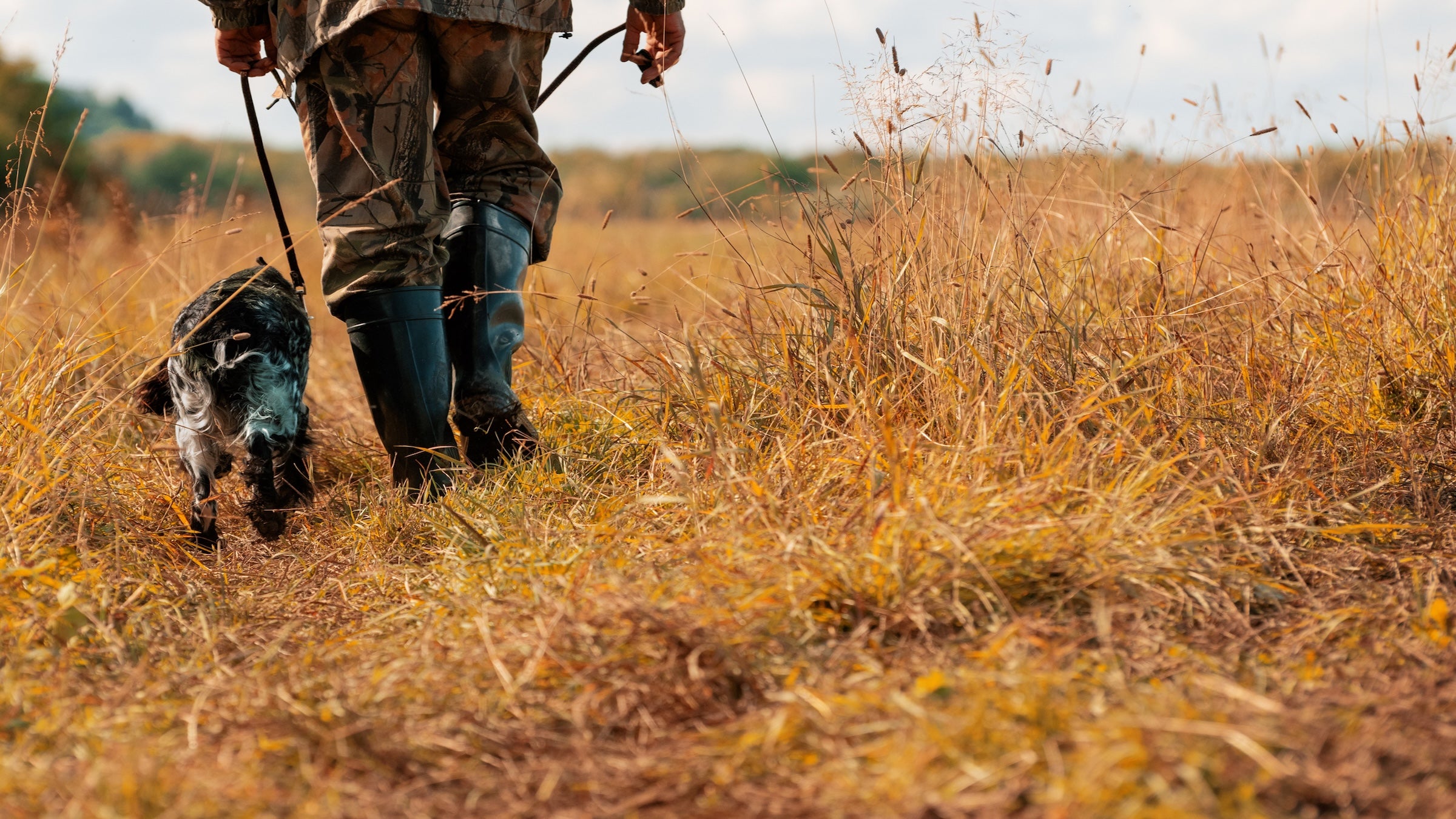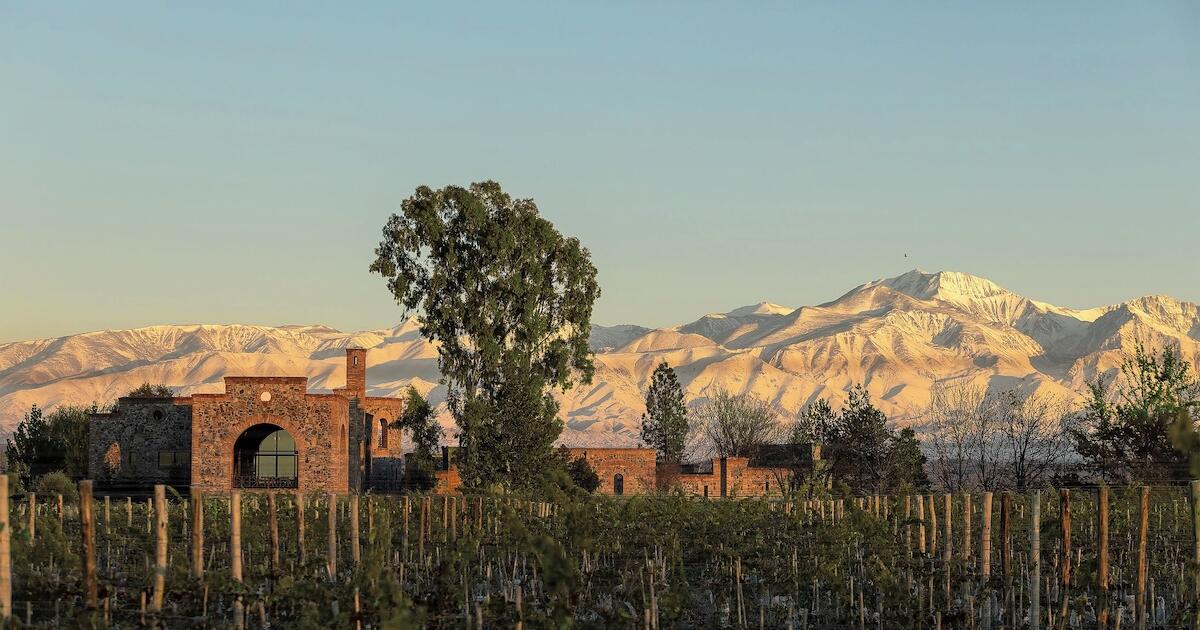A tasty adventure: Tips for foraging pawpaws, persimmons, mushrooms and more | Winchester Star

WOODSTOCK — With its rich offering of fruits, mushrooms, nuts and plants, fall is a season made for foraging.
“Foraging during fall provides different things than you’d see in the summer,” said Megan Dellinger, park ranger at Seven Bends State Park, adding that foraging for various items can enhance meals while also connecting the forager to nature.
Popular edibles include pawpaws, persimmons, elderberries, grapes, acorns, walnuts and various types of mushrooms.
“It’s important to be respectful of land as well as yourself,” she said. “But knowing what you’re eating, that’s very important because it can be dangerous.”
Pawpaws and persimmons
“The pawpaw is huge right now,” said Dellinger, noting that a pawpaw is a versatile fruit that can be used in breads and muffins, jams and preserves and even cookies.
Pawpaws are native to North America and are known for their yellow interior flesh. Dellinger said foragers should wait until the fruit has fallen off the tree.
Peeling back the skin of a pawpaw, Dellinger pointed out that pawpaws received their name because the insides look like bear paws.
“As you can see, they have really big seeds,” she said. “Which is nice, because you won’t miss them.”
Knowing when it’s ripe, Dellinger said, is important. Typically, overripe pawpaws, which change from green to a yellowish-brown, may develop dark spots.
“The skin is a little bitter,” she explained, “like a banana peel.”
Known for their melon-like flavor, pawpaws are good for making moist and fruity quick breads, Dellinger said.
As for persimmons, these can be eaten right off the tree, as long as they’re ripe, Dellinger said.
“They’re ripe when the skin is bright orange,” she said, adding that the skin should also be soft.
Dellinger said to be mindful of the seeds inside when taking a big bite.
Sharing an old wives’ tale, Dellinger said the upcoming winter weather can be predicted by splitting open a persimmon seed and looking at the white part inside.
“The shape inside will resemble a fork, spoon or knife,” she explained. “But it’s not always obvious. At least to me.”
A spoon shape means the winter will have heavy, wet snow, while a fork means a mild winter, and a knife shape predicts a bitter, cold winter with sharp winds.
Persimmons can also be baked into breads and cookies and even added to salads.
Preparation and identification
Other items Dellinger said can be foraged include dandelions, nettle and pokeberry plants.
“A lot of items foraged need to be prepared exactly right,” she said matter-of-factly. “Or it could be trouble.”
By “trouble” she means poisonous, she explained, stressing the importance of knowing the difference.
With many resources online, foragers can take pictures of certain items and seek identification information, she said. Popular phone applications, to aid in identification, include Google Lens, PlantNet and Shroomify, which is specific to mushrooms.
There are even apps that allow foragers to take pictures of tree bark and learn more, she added.
“I’ve learned a lot in my career with the state parks,” said Dellinger, who has worked for the agency for nine years. “Pokeberry, for instance, I’ve always heard it was very poisonous. But then I talk to older people and they’re like, ‘Oh! I used to see that as a kid. It was just prepared differently.’”
Facebook, she added quickly, is also a great resource. With so many online groups, it’s easy to post and receive assistance from fellow foragers.
“Better yet,” she said enthusiastically, “they can call, email or even text me a picture and I will help them.”
Dellinger, who loves a good mystery, is always up for helping.
“I usually end up giving way more information than you’ll ever want,” she said with a chuckle.
Tools for success
Simple tools are needed for foraging including gloves and a snipper or special knife.
“Depending on what you’re foraging, you may need different items,” Dellinger said.
You’ll also need something to carry your items in, she said, adding that an airy container is recommended for mushrooms so the spores can come out.
Recently picking some pawpaws from a neighbor’s tree, Dellinger admitted she forgot a bucket. So she used her T-shirt as a makeshift holder.
Foragers should wear sun and bug protection as well as pants and socks to help prevent ticks from hitchhiking.
Dellinger added its best to forage in the mornings, before the heat of the day and the bugs awaken.
Rules of foraging and tips
When foraging in the state park, edible fruits, berries, fungi or nuts may be collected for personal or individual use only, Dellinger said.
“Never take more than you can use,” she stressed. “It goes back to sustainability within state parks. If I went out and collected all the pawpaws with 5-gallon buckets, then there wouldn’t be any little baby pawpaws for the following season. And eventually, it would die out completely.”
Digging in state parks is also unlawful, she added.
It’s best for first-timers to dabble rather than load up.
“A little at a time, not many at once,” she said, meaning one mushroom or pawpaw, not a wide selection.
“If you end up getting sick and you’ve consumed too many items, you may not be able to figure out which it was.”
Ultimately, Dellinger said, foraging in fall is about discovering the beauty of nature and feeling connected to the ecosystem.
To learn more about foraging, contact Dellinger at [email protected].
link




:max_bytes(150000):strip_icc()/TAL-header-faro-algarve-portugal-CALIOFEUROPE0825-fa978d40a74a406b95586473636292f1.jpg)

